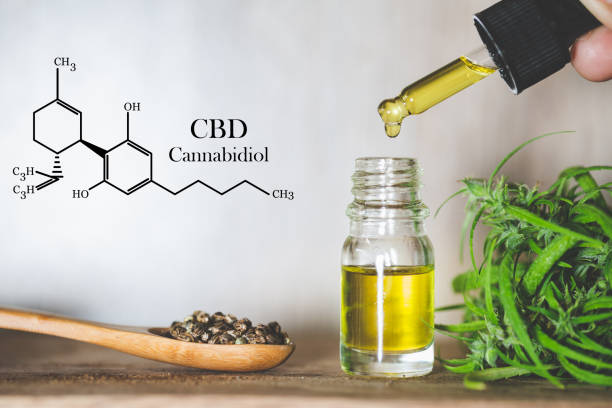
Why Opioids Can Kill and Why Cannabis Doesn’t
Opioids, prescribed for years by doctors to treat everything from chronic pain to acute pain, surgery or accidents, are killing us. By now we’ve all heard the opioid death statistics and agree, we are in a crisis.
According to the CDC, more than 750,000 people in the US have died since 1999 from a drug overdose. Two out of three drug overdose deaths in 2018 involved an opioid.
To put it in daily terms, according to the US Department of Health and Human Services Health (Opioid Division), “more than 130 people a day die from opioid-related drug overdoses”.
What are opioids?
Opioids are a class of drugs manufactured from naturally occurring opioids found in the poppy plant and can produce a variety of pain-relieving effects by activating opioid receptors, specifically the mu, delta, and kappa receptors found on the nerve cells in our body.
What are opioids used for?
Opioids are a class of drugs naturally found in the opium poppy plant and that work in the brain to produce a variety of effects, including the relief of pain with many of these drugs.
Opioid fatalities are most often caused by respiratory arrest, due to a large amount of critical opioid receptors located in parts of our brainstem that regulate our ability to breathe.
How do opioids work
The medulla and the pons areas in the brainstem regulate the involuntary depth and rate of our ability to breath, and they are loaded -FULL- with opioid receptors. Once opioids enter your system, they interact with these receptors in your brain which can then slow down breathing. When opioids are taken in excess, they produce profound changes in the cells in this area of the brainstem that can literally stop you from breathing. In conjunction with the receptors located in the brainstem, opioid receptors are also found in a different area of the brain that regulates voluntary breathing, meaning your desire and ability to take a full breath of air. When an individual takes an excessive dose of opioids, the individual is dealt a double whammy. Their ability to breathe, voluntarily or involuntarily, is affected. Depending on the number of opioids taken, breathing can be arrested entirely. This process can happen all within 5-10 minutes. In contrast, the naturally occurring cannabinoids found in cannabis produce and/or induce NO respiratory arrest issues.
What is cannabis?
Cannabis sativa L. plant has been used for over 2500 years for its medicinal, therapeutic and psychoactive qualities.
Cannabis products are made from the dried and cured flowers, leaves and stems of the Cannabis sativa L. plant and contains over 100 cannabinoids molecules that interact with and activate the endogenous receptors CB1 and CB2 found throughout our body.
Why is a cannabis overdose not fatal?
Indulging in too much cannabis can affect you mentally and physically. Experiences can range from euphoria, calmness, anxiety to paranoia and couch lock to name a few. But no one has ever – EVER – died from a cannabis overdose.
These naturally occurring cannabinoid compounds found in cannabis, including the well-known cannabinoids THC and CBD, react with the endocannabinoid receptor sites spread quite evenly throughout our body and brain.
In particular, the cannabinoid receptor sites found in our brains are located, for the most part, in:
Our forebrain area which is related to higher cognitive function
Our mid and hindbrain areas which are associated with the control of movement
Our hindbrain areas associated with the control of motor and sensory functions of the autonomic nervous system
Dr. Uwe Blesching in his latest book, ‘Breaking the Cycle of Opioid Addiction; Supplement Your Pain Management with Cannabis’, describes an important factor in opioid overdose deaths: “binding affinity”.
‘Binding Affinity’ is a pharmacological concept that describes the intensity in which an opioid or a compound like THC “binds” to a receptor.
The intensity with which a synthetic drug, an opioid, or a cannabinoid bind to their receptors will affect the intensity of the reaction.
Uwe describes that “virtually all opioids and a great many synthetic cannabinoids [i.e., K2, Spice ] have a strong affinity for their receptor sites. So strong it is capable of causing death.
Meanwhile, naturally occurring cannabinoids (e.g. THC, CBD, anandamide) have a limited range of moderate to very weak binding affinity at their receptors.
Overall, cannabis and all cannabinoids, even THC, have an excellent safety profile. And as with anything, moderation is recommended.
